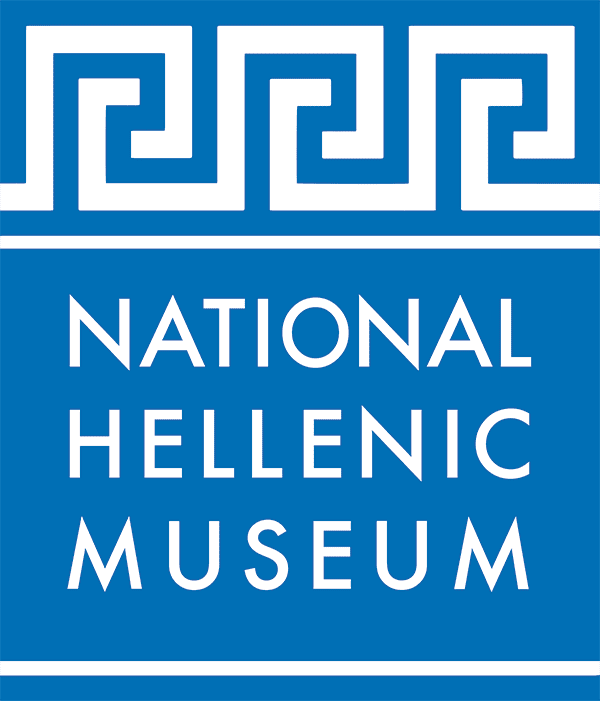Field Trips
Junior Archaeology
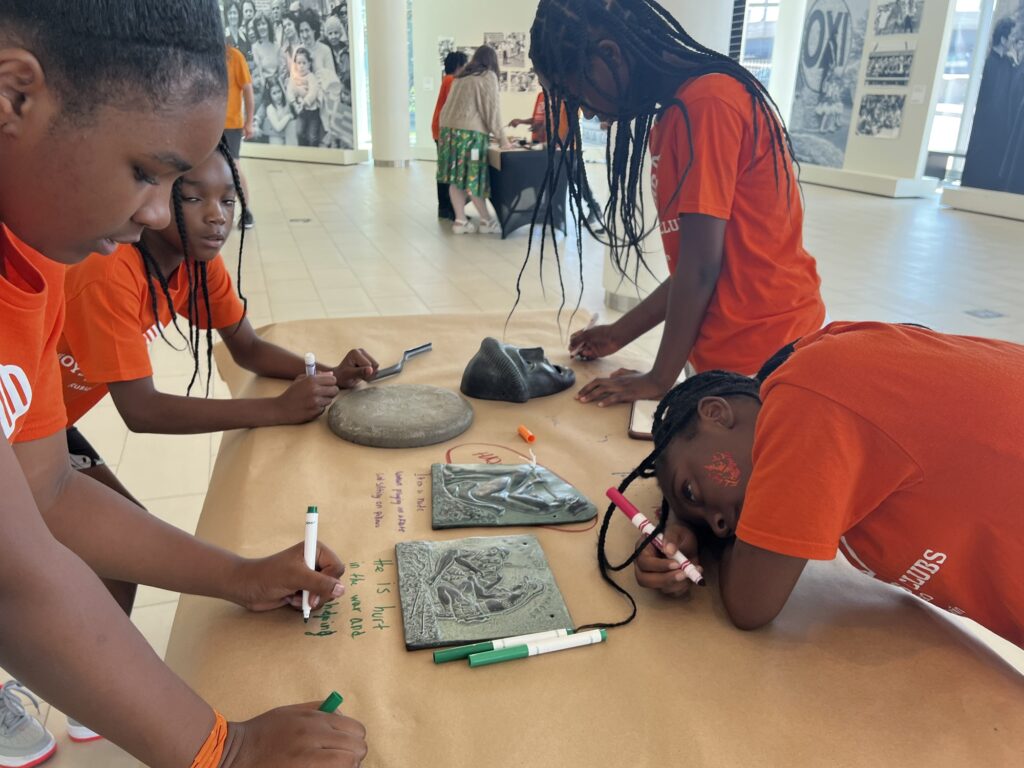
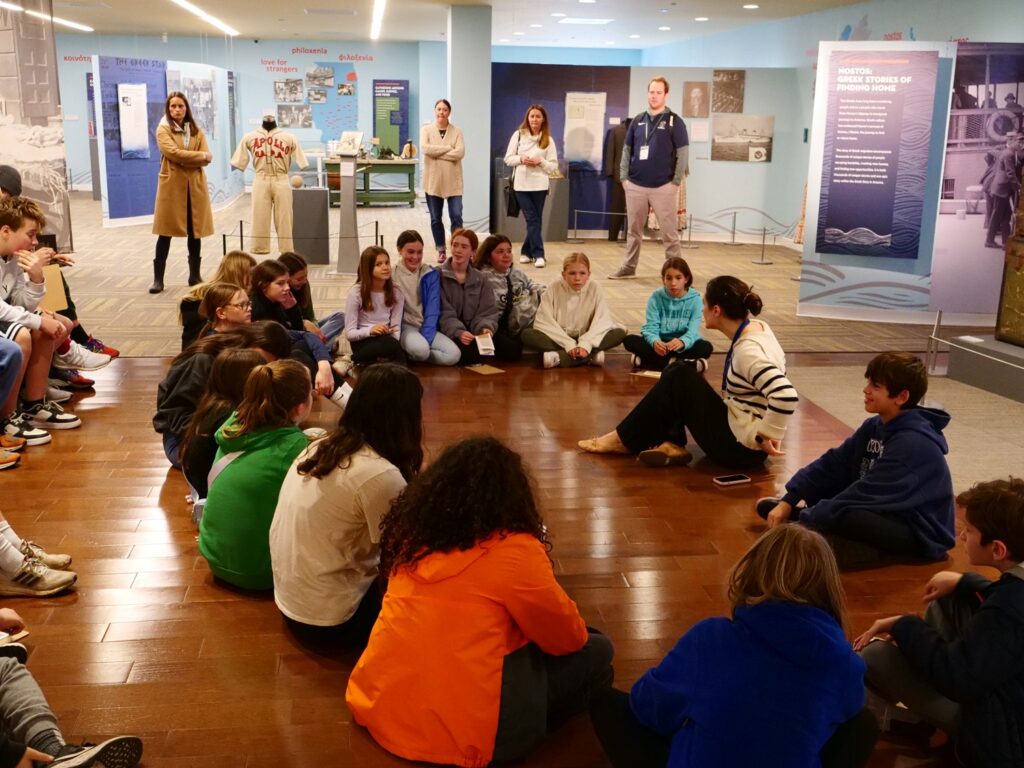
Reaching for the American Dream: An Immigration Story
Readers Theatre and a Mythological Tale
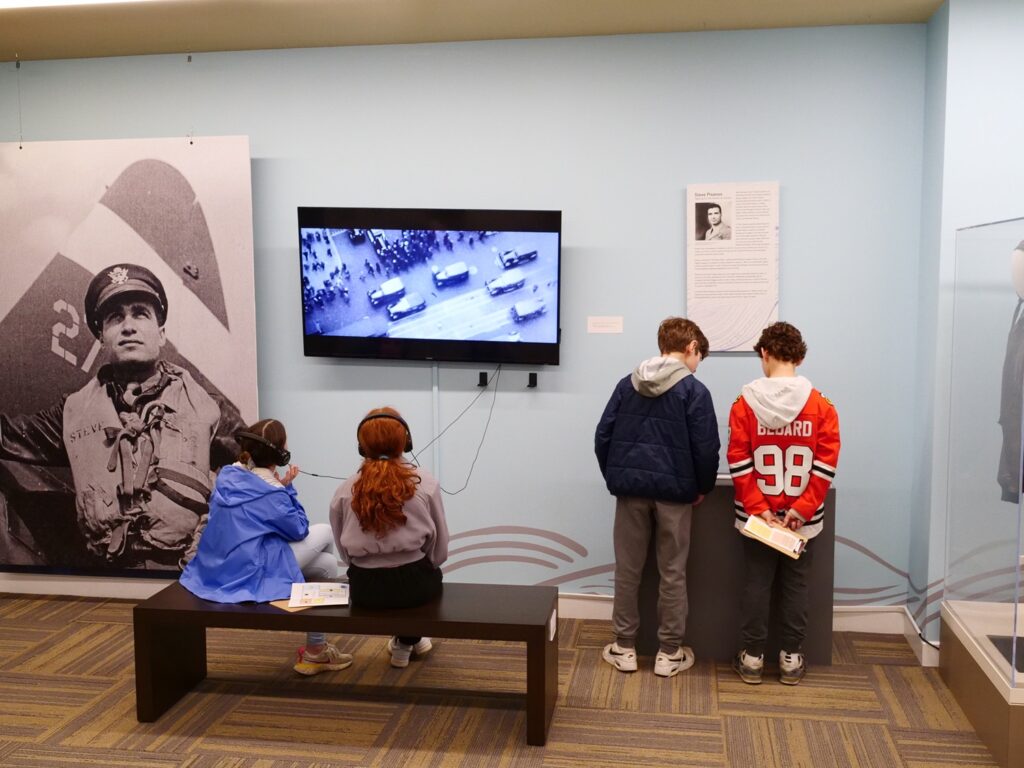
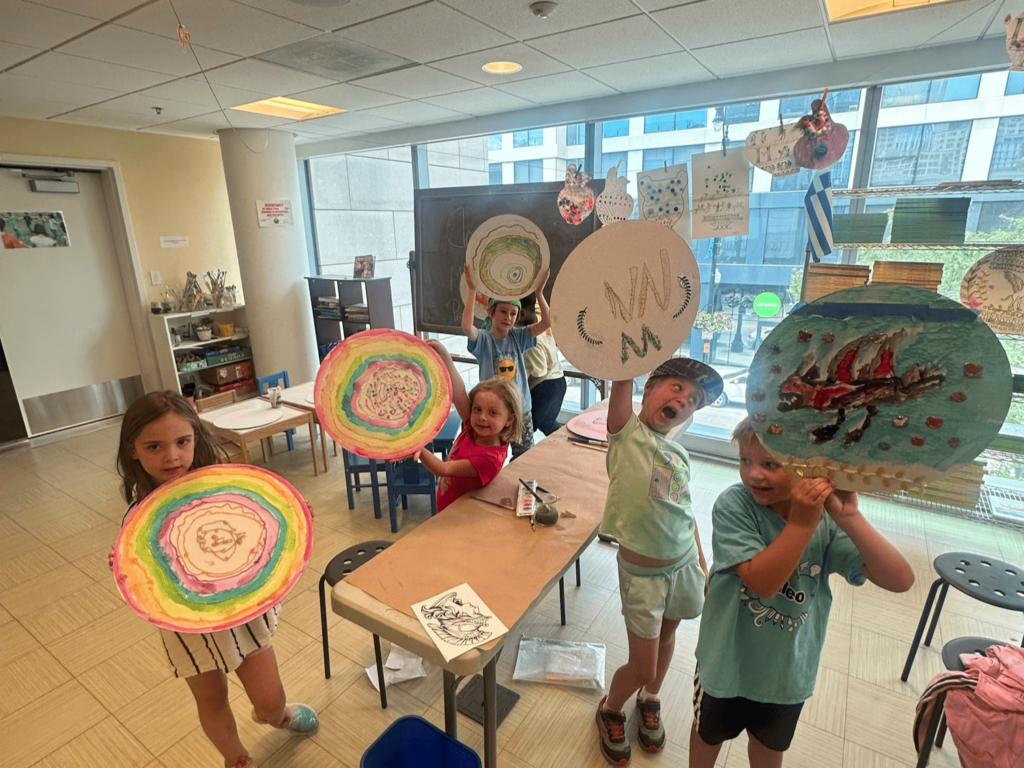
Classroom Activities
The National History Museum will present our ‘Hands on History’ program.
The following learning goals and curriculum standards will be covered:
Increase visual literacy, learning to look closely at objects and use them to interpret other cultures.
Learn about ancient influences on the modern world, including: democracy, the Olympics and marathons.
Increase knowledge of careers interrelated to archaeology and classic education: docent, museum educator, museum collections, curator, social studies teachers, college professor, archaeologist, and linguist.
Learn about life in Ancient Greece, including: government, daily life, war, religion, and the arts.
Junior Archaeology
Who and where is the Hellenic Museum!? We are located in Chicago, and our mission is to spread Greek history and culture in interesting and relevant ways! Today, we will be sharing ancient Greek culture through the hands-on activity of exploring ancient (replica) artifacts!
- Via a slide show, museum docents will share information on the geographical location of Ancient Greece, as well as some fun easy phrases in the language – such as “good morning/afternoon” and “my name is.”
- Docents will share their jobs within museum education – what is a docent, what is a curator, what is a collections manager?
- Docents will begin conversation on What is an artifact? What is an archaeologist? How do we know what and how items were used hundreds and thousands of years ago?

Activity:
- Students will rotate through the Hands on History Junior Archaeologist activity through the following artifacts.
-
Abacus
-
Tablets
-
Scrolls
-
Pythagoras cup
-
Ballots
-
Knuckles
-
Knitting dowels
-
dragmas
-
Ostraka
-
Discus
-
Oil lamp
-
Death mask
-
Broken theater mask
-
mini vase
-
Bag of coins
-
Helmut and shin guards
-
Intact theater mask
-
Silver leafed wreath
-
medea/Greek key necklace and bracelet
-
Strigil
-
Cosmetic box
-
Ornamental plates
-
Wooden stylus
- We will have 9 mini stations set up. One docent can be watching and engaging 3 stations. Docents can answer questions while students can touch and discuss objects. They will be prompted to think about and answer the following questions:
- What do you think this object was used for? (war art, religion, daily life, the arts)
- What does it remind you of in modern life?
- Have you seen something similar in history/textbook/museum/family/individual culture?
- Docents will share a slide show where they go through a few of the main objects and discuss their years and usage.
3rd Floor Permanent Exhibit or a Mythological Tale/Reader’s Theatre
-
Reaching for the American Dream
Explore the third floor and learn more about the Greek immigrant journey to a new land during the immigration wave of the early 1900s.
Elementary: Age appropriate scavenger hunt to learn about the artifacts in the collection.
Middle School/High School: Interact with a first person player game immigrating from Greece to America.
-
Hellenic Heads and Mythology
Tour the current NHM Exhibition Hellenic Heads and learn about the six different periods of Greek history depicted by the oversized, lifelike sculptures.
Elementary: Finish with the telling of the mythological tale of The Trojan Horse.
Middle School/High School: In the large space of the ground floor gallery, students will read and participate in the telling of a Mythological Reader’s Theatre.
Classroom Crafting Experience
Ancient Greek soldiers used their shields for more than protection in battle. Shields depicted scenes from mythology, hometown symbols, and city-state allegiances.
In this hands-on, classroom activity, students will create their own shields inspired by the ancients.


Greek Pottery was usually painted with geometric designs. Over time, vases began depicting humans, stories, scenes from battle and even mythological tales.
In this hands-on activity, inspired by ancient pottery and using cardstock,, mythological stamps an ink, and classic motifs, students will design their own vases.
Often accompanied by our 3rd floor permanent exhibit on the Reaching for the American Dream: An Immigrant Experience, students will see Visas and passports from those who came to America through Ellis Island.
Students will receive their own passport, a sample customs form, and with a polaroid picture and passport stamps, further their understanding of the European Immigration Wave of the early 1900s.

Parking
The NHM does not have a public parking lot. The Museum has arranged discounted parking at the Arkadia Tower parking garage. Us SP+ to reserve your spot in the Arkadia Tower and enter promo code NHM at checkout.
Museum Etiquette
Chaperones must stay with and supervise the conduct of their students at all times. Teachers and chaperones can register when booking their trips with their field trip coordinator.
Failure to abide by the required chaperone ratio or adequately supervise the group may result in your being asked to leave the museum.
- Students of all ages must remain with chaperones at all times.
- Running, rough housing, and climbing on exhibit structures are not permitted.
- NHM docents, other staff members, and security guards are available to offer assistance.
- Food, drink, and gum are not allowed in the exhibitions.
- Be considerate of other museum guests.
- Touch objects only when signage or NHM staff say it is okay.
- Clipboards can be provided, so please do not write on display cases.
- Students may sit on the floor to closely observe exhibitions.
- Use indoor voices and cell phones set to silent mode.
